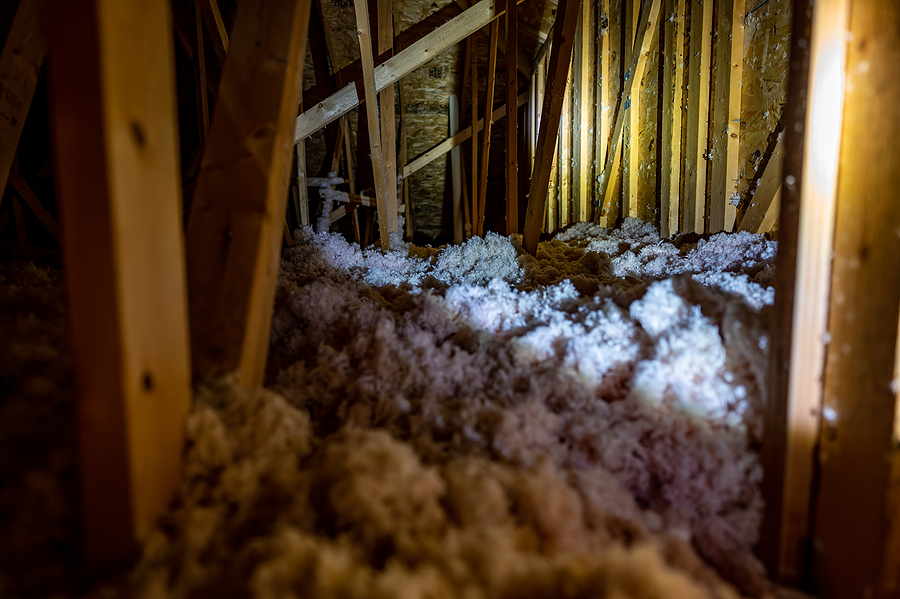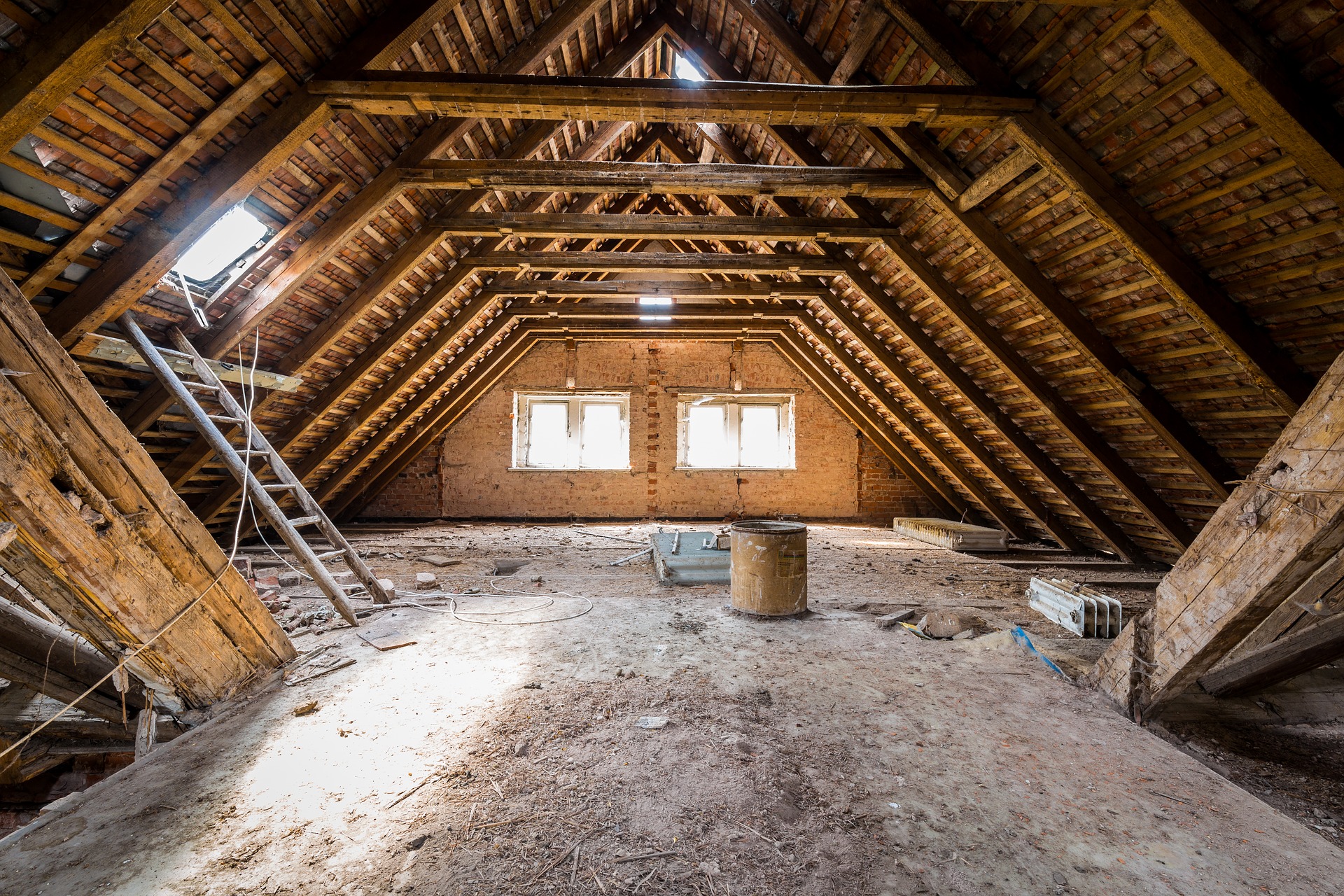Specialist Tips for Enhancing Your Home with Attic Insulation DFW
Specialist Tips for Enhancing Your Home with Attic Insulation DFW
Blog Article
Discover the Various Kinds Of Attic Insulation and Their Distinct Advantages for Your Home's Energy Effectiveness

Fiberglass Insulation
Fiberglass insulation is just one of one of the most commonly utilized materials for attic room insulation due to its superb thermal performance and cost-effectiveness. Composed of small glass fibers, this material efficiently catches air, developing an insulating obstacle that assists maintain regular interior temperature levels. Its high R-value per inch makes it especially effective at withstanding warmth transfer, which is critical for energy preservation in homes.
Installation of fiberglass insulation is relatively simple, usually offered in batts or loose-fill kinds, fitting various attic setups. Furthermore, it is non-combustible and immune to moisture, minimizing the risk of mold and mildew growth. This resilience adds to its durability, making fiberglass a practical long-lasting investment for house owners.
In addition, fiberglass insulation is often manufactured from recycled materials, which enhances its eco-friendliness. The product can additionally add to soundproofing, decreasing sound transfer in between areas. While it is necessary to wear protective equipment throughout setup to prevent irritability from the fibers, the total benefits of fiberglass insulation, including energy savings and environmental considerations, make it a prominent choice for improving attic room efficiency and promoting a comfortable living setting.
Spray Foam Insulation
Spray foam insulation is a highly efficient choice for attic room insulation, understood for its superior air sealing and thermal efficiency. This cutting-edge insulation material is composed of a mixture of isocyanate and polyol material, which, when integrated, broadens rapidly to fill voids and cavities in the attic room space. Its ability to stick to different surfaces makes sure a continual barrier versus air leaks, substantially minimizing warm loss during cooler months and heat gain throughout warmer seasons.
Among the crucial benefits of spray foam insulation is its high R-value per inch, which suggests it gives outstanding thermal resistance in a relatively thin application. This is specifically helpful in attics where space is commonly restricted. In addition, spray foam can aid reduce moisture build-up, reducing the danger of mold and mildew and mildew development, which can be detrimental to both the structure and interior air quality.
While the first cost of spray foam insulation might be more than traditional options, its lasting energy savings, combined with enhanced comfort and boosted home worth, make it a worthwhile financial investment for property owners looking for boosted energy effectiveness. Attic Insulation DFW. Overall, spray foam insulation sticks out as a reliable service for maximizing attic insulation
Cellulose Insulation

Cellulose insulation is a popular choice for attic insulation, primarily composed of recycled paper items treated with fire retardants. This eco-friendly alternative is understood for its excellent thermal efficiency, efficiently reducing warm transfer in both summer and cold weather. The dense make-up of cellulose enables it to load spaces and voids in attic rooms, providing a smooth barrier versus air leaks.
Among the significant advantages of cellulose insulation is its capability to stand up to mold and bugs, owing to the fire retardant therapies made use of throughout production. Furthermore, it boasts a high R-value per inch, which equates into exceptional energy efficiency. House owners can anticipate reduced heating & cooling prices as a result of boosted insulation.
Installment is typically completed via blowing loose cellulose into the desired location, allowing for a fast and efficient procedure. This technique likewise reduces disruption to the existing framework. In addition, cellulose insulation has a reasonably low ecological effect, as its production click here for more process utilizes recycled materials, adding to sustainable building practices.
Rock Woollen Insulation
Amongst the different choices for attic insulation, rock woollen, also called mineral wool, stands apart because of its excellent thermal and acoustic performance. Made from recycled or natural products, rock woollen is developed by thawing rock and spinning it into fibers, leading to a product that provides outstanding insulation residential or commercial properties.
One of the considerable benefits of rock woollen insulation is its high R-value, which suggests its performance in resisting heat official source circulation. This particular not just enhances energy performance yet additionally adds to preserving a comfortable indoor temperature year-round. In addition, rock woollen is naturally fire-resistant, making it a much safer option for homes as it can stand up to high temperature levels without melting or releasing toxic fumes.
Moreover, rock wool insulation masters soundproofing capabilities, effectively decreasing noise transmission in between spaces and from outside resources. This makes it an ideal selection for house owners seeking a peaceful living setting. Additionally, rock wool is moisture-resistant, helping to stop mold and mildew growth and keeping the architectural stability of the attic room. On the whole, rock wool insulation supplies an extensive remedy for improving power efficiency, safety and security, and comfort in property settings.
Glowing Barrier Insulation
Glowing barrier insulation acts as an effective option for decreasing heat transfer in attics, especially in warmer climates. This type of insulation works by reflecting convected heat away from living spaces, thus lowering the amount of warm that enters a home during heat - Attic Insulation DFW. Usually made up of an extremely reflective material, such as aluminum foil, radiant barriers are installed in attic rooms, dealing with the roofing system, where they can intercept inbound heat from the sunlight
The primary benefit of radiant obstacle insulation is its capability to reduced air conditioning expenses. By showing warmth instead of absorbing it, glowing obstacles can help keep an extra steady interior temperature, lowering the work on a/c systems. This effectiveness equates right into reduced energy expenses and enhanced convenience for home owners.
In enhancement to power financial savings, glowing obstacles can likewise my link add to improved indoor air quality. By decreasing warm build-up, they help lessen moisture levels, which can avoid mold growth and improve overall air flow. When set up correctly, glowing obstacle insulation can be an invaluable addition to any energy-efficient home, making it a deserving consideration for homeowners looking to boost their attic room insulation technique.
Conclusion
In final thought, recognizing the various types of attic room insulation-- fiberglass, spray foam, cellulose, rock woollen, and radiant barriers-- allows homeowners to make informed choices pertaining to energy performance. By choosing the ideal insulation material, substantial decreases in energy prices can be accomplished, along with enhancements in indoor convenience.

In verdict, understanding the different kinds of attic room insulation-- fiberglass, spray foam, cellulose, rock woollen, and glowing obstacles-- allows house owners to make enlightened choices pertaining to energy efficiency.
Report this page